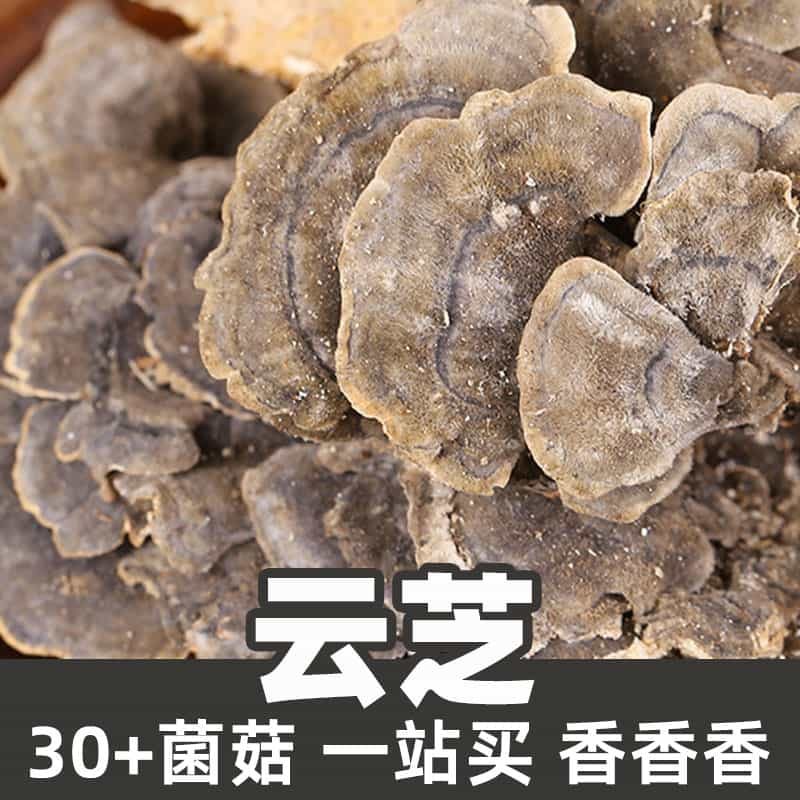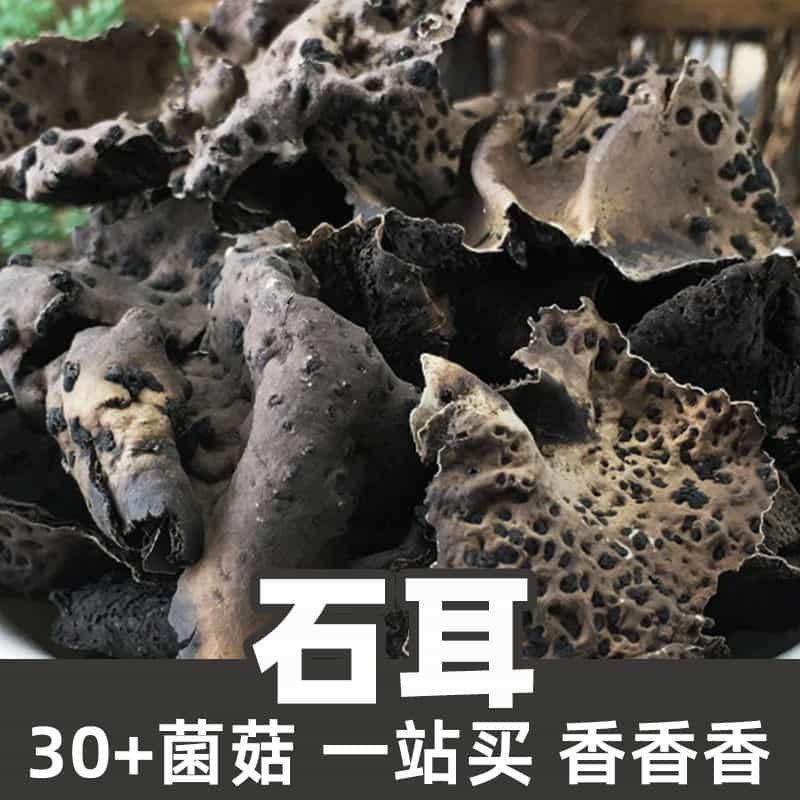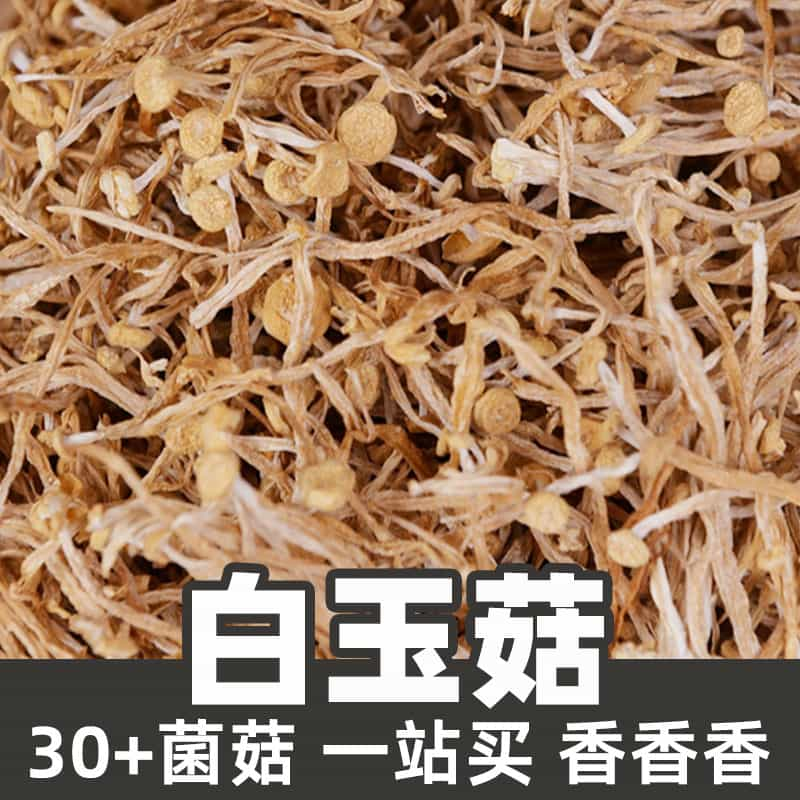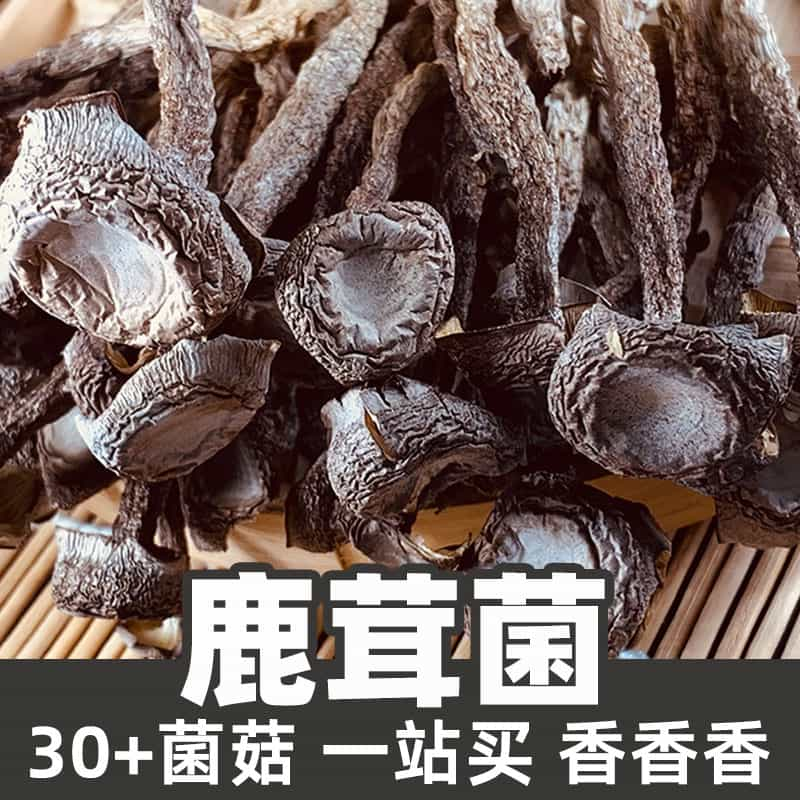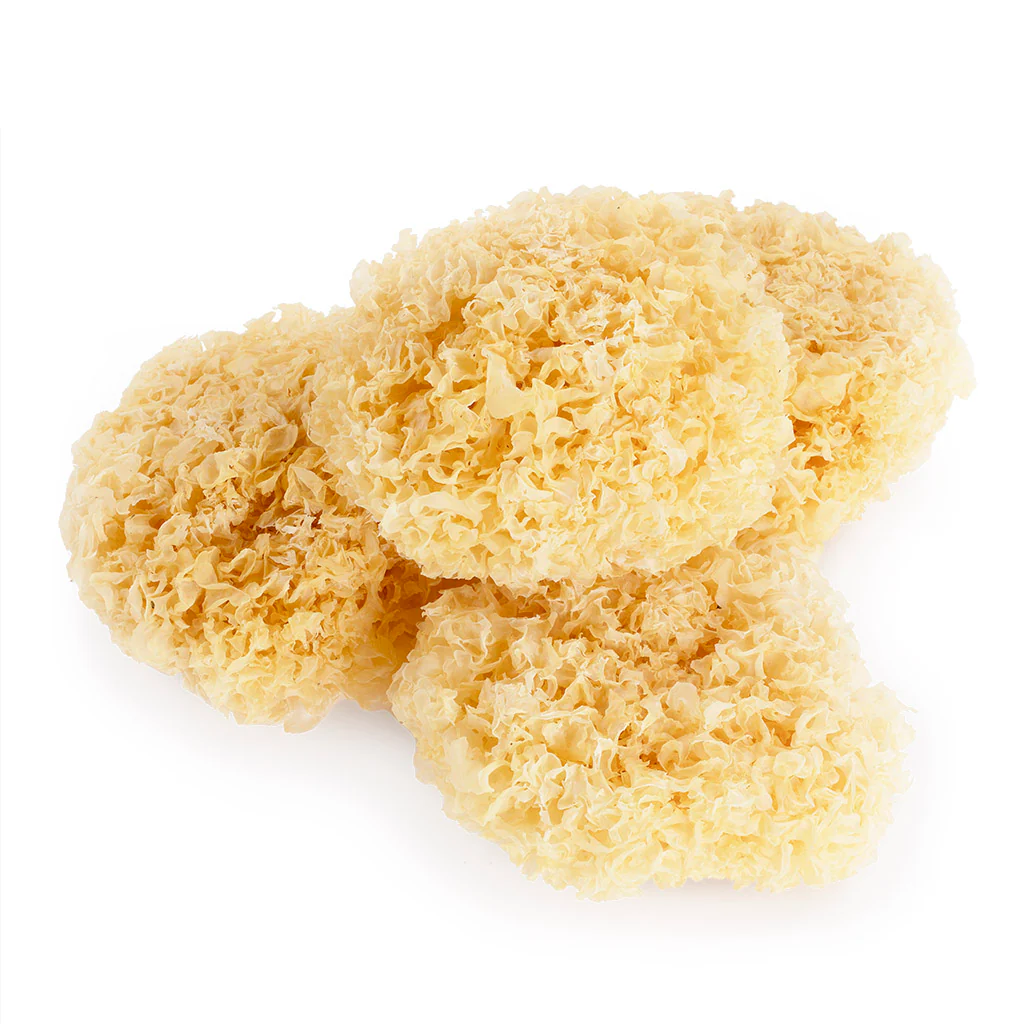Agrocybe cylindracea, commonly known as the Logger's Mushroom, is a fascinating edible fungus belonging to the family Strophariaceae. This mushroom typically grows on decaying wood and organic matter, playing a crucial role in the ecosystem by decomposing material. Its caps are generally characterized by a smooth, shiny surface and a distinctive yellowish-brown color, making it fairly recognizable. Beyond its culinary appeal, Agrocybe cylindracea is noted for its potential health benefits attributed to its rich composition of bioactive compounds such as polysaccharides and proteins. These features make it a valuable addition to both traditional and modern diets, particularly in Asian cuisine where mushrooms are staple ingredients. Recent research is exploring its health-promoting properties, making it an interesting subject for further scientific investigation.
Nutritionally, Agrocybe cylindracea is composed of several key active ingredients and functional compounds that contribute to its health benefits. The polysaccharides found in this mushroom are notable for their immune-boosting properties, supporting overall health and well-being. Proteins and vitamins such as various B vitamins play essential roles in metabolic processes and energy production within the body. Furthermore, Agrocybe cylindracea contains minerals like potassium, phosphorus, and iron, which are important for maintaining various bodily functions, including oxygen transport and bone health. Other components may include antioxidants that combat oxidative stress and promote cellular health. The interaction of these compounds works synergistically, providing potential benefits such as improved immune function, anti-inflammatory effects, and enhanced cognitive performance. Understanding its nutritional profile highlights why Agrocybe cylindracea is not only a delightful addition to meals but also a source of functional food that may support overall health.
The applications of Agrocybe cylindracea span several domains, primarily within culinary, nutritional, and potential therapeutic contexts. In the culinary world, this mushroom is prized for its unique flavor and texture, making it a versatile ingredient in soups, stir-fries, and other dishes. As a food product, it can be incorporated into vegetarian and vegan recipes, adding a savory umami characteristic that satisfies diverse palates. The increasing trend towards plant-based diets has heightened interest in fungi like Agrocybe cylindracea as a sustainable protein source. Nutritionally, it finds its way into dietary supplements, with focus on its bioactive compounds aimed at enhancing wellness, promoting immunity, and supporting cognitive function. Additionally, ongoing research is exploring the potential medicinal applications of this mushroom due to its anti-inflammatory and antioxidant properties, paving the way for future functional foods and nutraceuticals. The broad spectrum of uses makes Agrocybe cylindracea an increasingly sought-after variety in both culinary and health-related fields.
Agrocybe cylindracea naturally thrives in environments rich in decaying wood and organic matter, primarily found in temperate regions. This mushroom flourishes during the late spring to early autumn months, favoring damp woodland areas, forest edges, and even urban parks where hardwood trees are present. Its ability to decompose lignin and cellulose allows it to play an essential role in nutrient cycling within its ecosystem. Geographically, Agrocybe cylindracea is widely distributed across Europe, Asia, and North America, with its presence influenced by local climate conditions and soil quality. It is worth noting that the Logger's Mushroom has adapted to various habitats, showcasing its resilience and ecological importance. Understanding its natural growth environment can aid foragers and mycologists in locating and cultivating this fascinating species.
Harvesting Agrocybe cylindracea involves careful techniques to ensure successful collection while maintaining the ecosystem's integrity. Typically, it can be gathered by hand, gently twisting and pulling the mushroom to avoid damaging the mycelium beneath the surface. After harvesting, it's crucial to process the mushrooms promptly to retain their freshness and nutritional value. Common methods include cleaning with a soft brush to remove dirt or debris, and slicing them if necessary. For long-term storage, drying the mushrooms can be an effective way to preserve them, as this process concentrates their flavors and nutritional components. Stored in airtight containers in a cool, dry place, dried Agrocybe cylindracea can last for an extended period. Refrigeration may help extend the shelf-life of fresh specimens for a short duration but should be done cautiously to prevent spoilage. Understanding proper harvesting, processing, and preservation methods can enhance the culinary and nutritional value of Agrocybe cylindracea for consumers and enthusiasts alike.
Monica Sun is a seasoned expert in the natural raw materials industry, with over a decade of experience specializing in traditional Chinese medicinal herbs, spices, and fungi. She is skilled in the sourcing, processing, and application of these materials, emphasizing sustainability and innovation. Monica Sun has contributed to the development of high-quality natural raw materials that serve as essential components in functional foods, pharmaceuticals, and cosmetics, delivering tailored solutions to meet diverse market needs.









